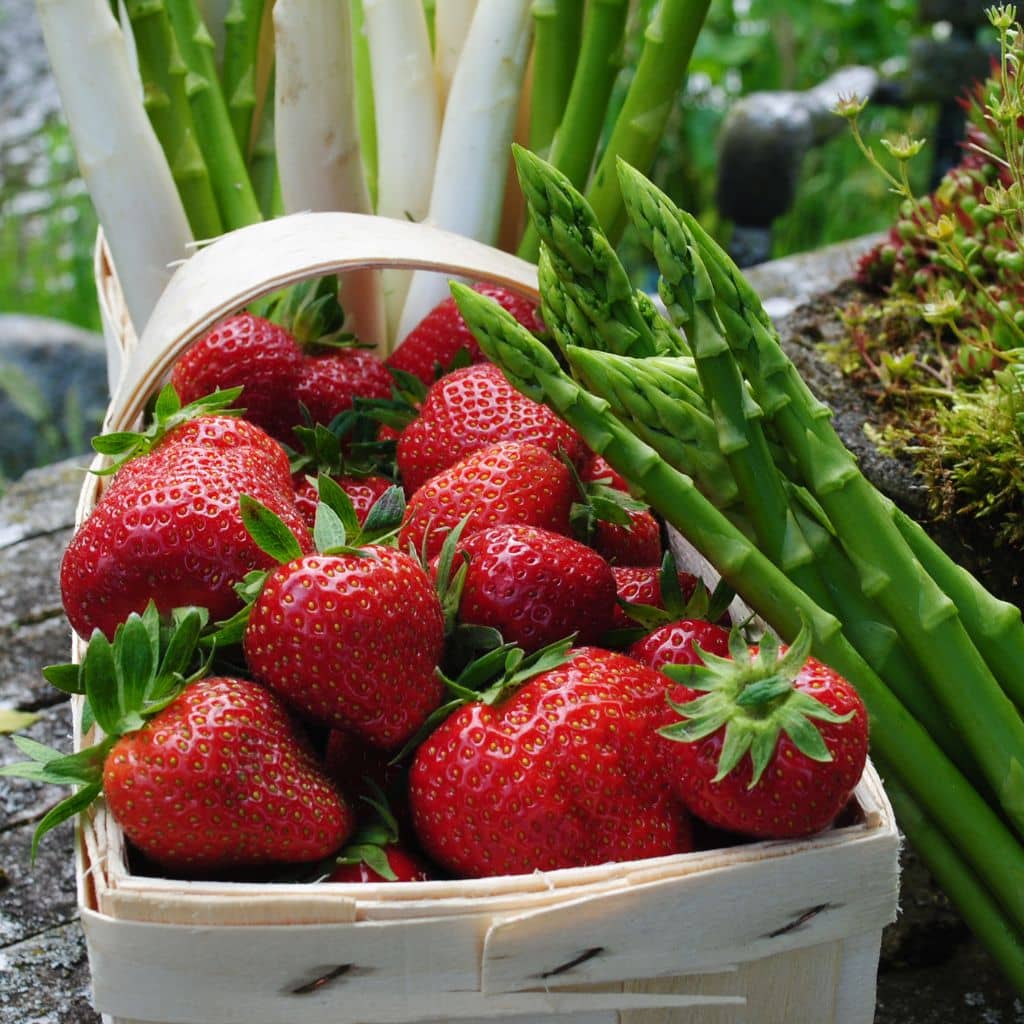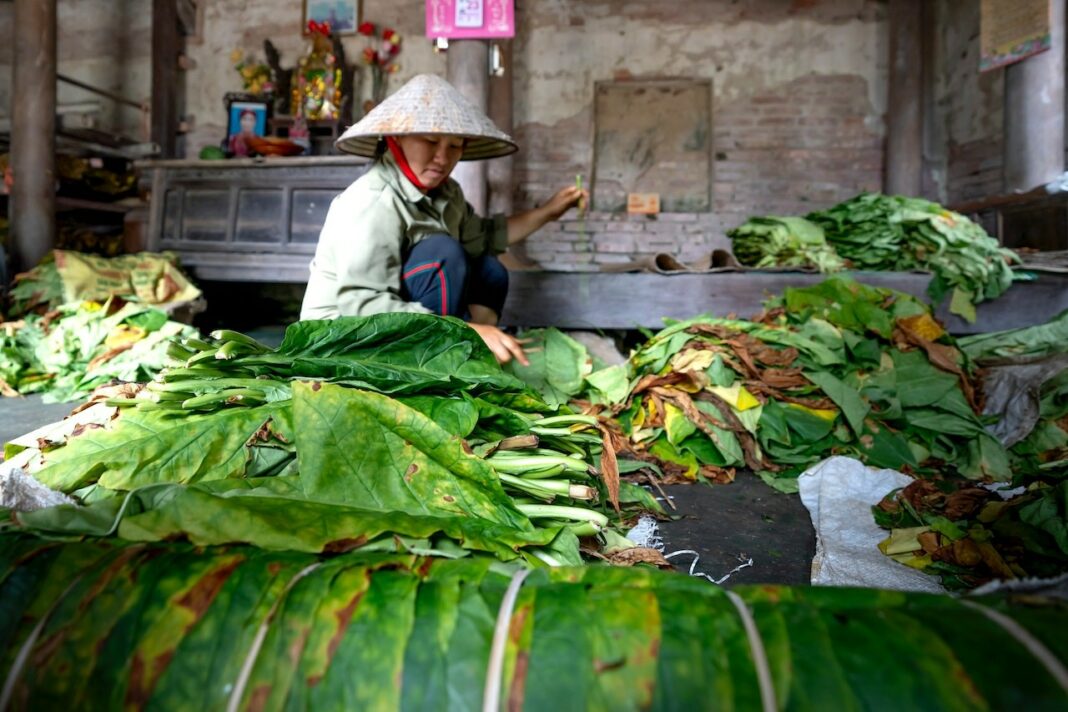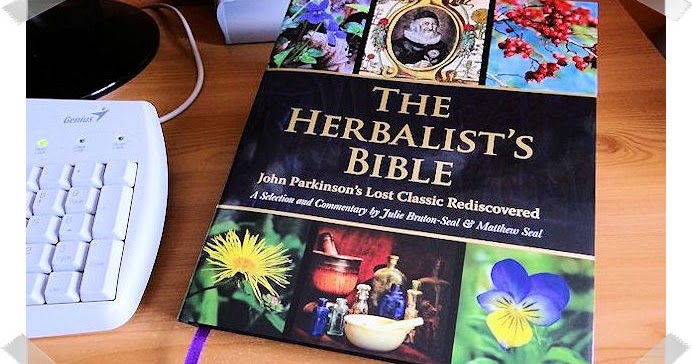In my latest garden project, I embraced the gardening technique of companion planting by welcoming asparagus and strawberries into a new raised bed. I made it using the hugelkultur method, layering rotted logs, branches, leaves, and yard waste with rich compost to create a garden bed that’s about 10×12 feet. I sourced the asparagus and strawberry starts from Stark Bros., a favorite online nursery of mine that I’ve had a lot of success with. This raised bed is part of a larger vision – that of growing a food forest on part of our property that wasn’t being used. This new venture includes a variety of fruit trees, berries, and perennial herbs and vegetables. It’s still in its early stages, but the idea is to create an ecosystem that not only produces food but also supports itself with minimal intervention. In this food forest, every plant has a role, whether it’s providing shade, attracting beneficial insects, or fixing nitrogen in the soil. This layered approach not only maximizes space but also enhances the overall health and productivity of the garden.The new raised bed with asparagus and strawberries fits perfectly into this food forest concept. It’s meant to complement the surrounding fruit trees and perennial plants, and adds both vertical and horizontal diversity to the structure. Each element of this food forest, including the new raised bed, works together to create a sustainable, productive environment.


